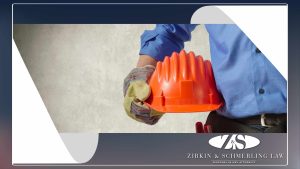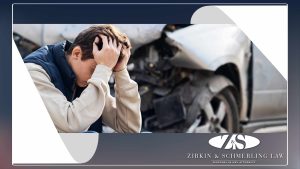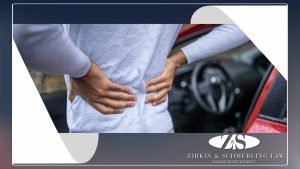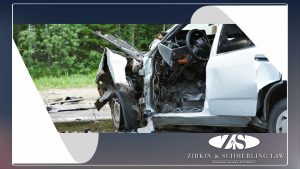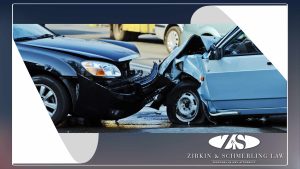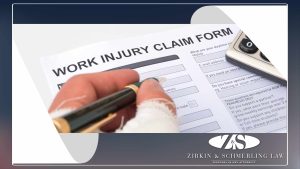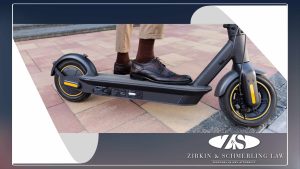What Does T Bone Mean in a Car Accident?
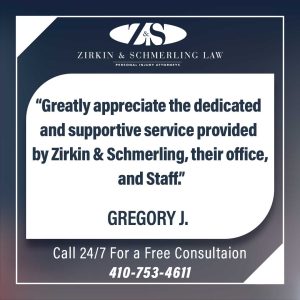
If you’ve ever been in a car accident, you know how scary it can be. Maybe you were hit when someone ran a stop sign or ignored a red light. Maybe the t bone car accident occurs when the other driver loses control on a patch of ice. Unfortunately, t bone accidents can be scarier than many other types of accidents; worse, they happen more often than you might think.
A t-bone car accident gets its name from the fact that when one car hits another in the side at a 90° angle, it forms the shape of the letter “T.” A side impact collision like this is also called a broadside collision because one vehicle “broadsides” another.
Car occupants who are struck broadside have only a window between the other vehicle and their head when the t-bone accident occurred.
Side airbags have saved many lives (they reduced driver’s side fatalities by 37%, and 52% in the case of SUV drivers), but although side airbags have been in new cars since 2014, there are many older models of vehicles on the road that don’t have them.
How a T Bone Car Accident Lawyer Can Help
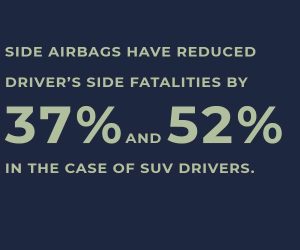
T-bone accidents happen all too often; in some cases, the accident is caused by a distracted driver who missed the traffic signs. Sometimes a driver’s negligence can even result in terrible injuries like traumatic brain injury, or even death.
Car Accidents are scary, but T-bone crashes are particularly dangerous. Not only is there no warning for the driver of the vehicle being struck, but vehicles don’t have the same level of protection on their sides as they do on their fronts and rears. A t-bone accident can cause severe injuries to the person who was hit, even more significant than other car crash injuries, requiring immediate medical treatment.
A driver fails to notice a green light coming from the other direction thanks to distracted driving, makes an illegal left turn, and the other driver is killed. Insurance companies tend to try to settle for low amounts to bolster their bottom-line profits.
The car accident attorneys at Zirkin & Schmerling will ensure you get every penny you deserve for medical treatment or lost wages after your t-bone car crash. Never settle for a quick check from an insurance company, because it won’t compensate you fully.
Zirkin & Schmerling Law will help you hold the right person responsible. We want to help you receive the compensation that helps you move on with your life after a t bone car accident.
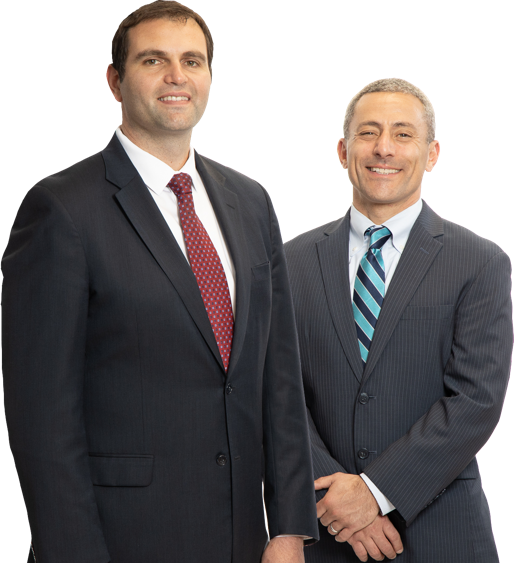
Determining T Bone Accident Fault
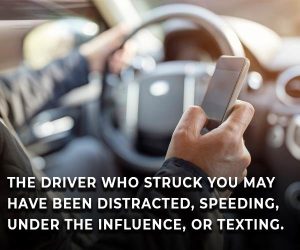
Always when determining fault in most t-bone accidents, the drivers involved have conflicting stories about what occurred. Fault often centers on the drivers involved and who had the right of way and also what happened in the moments before impact.
The driver who struck you may have been distracted, speeding, under the influence, or texting. He or she may have been driving too fast for the road conditions, ignored a red light, or simply not seen your vehicle.
Police reports and witness accounts to your t bone accident will be important. There may be dashcam or traffic camera video footage of the accident from one of the vehicles involved at the time the accident occured. Sometimes sharp angles are involved, and an accident deconstructionist must be called in to determine the physics involved in the car accident.
The most important aspect of a car accident or t bone collision investigation is gathering the evidence you need to successfully back up your compensation claim. The burden is upon you to prove that you were hurt, who hurt you, and the losses that you experienced.

Having an excellent personal injury attorney is also extremely important if you hope to have a successful car accident claim. It’s very difficult to handle car accident cases alone while you’re already struggling to rest and recover from your t-bone accident injuries.
Your t bone collision lawyer relieves you of the burden of legal work involved in a t bone collision case, ensuring your car accident case is handled professionally to give you the best possible chance at a positive outcome.
Find a personal injury attorney with experience in t bone accident cases to best ensure that you will get the compensation you deserve.
T Bone Accident Statistics
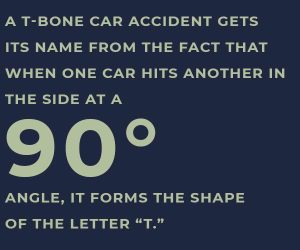
In 2019, side-impact collisions made up 23% of all crash fatalities in the U.S. The number is higher for car occupants (27%) and lower for SUV (19%) and pick-up (17%) occupants.
In multiple-vehicle collisions, side-impact crashes made up 30% of all fatalities.
Most side-impact collisions occur at intersections, and more than 50% of all collisions occur at or near intersections, according to the Federal Highway Administration (FHA).
Left turns at intersections and traffic lights are particularly dangerous. You can read about Maryland’s left-turn laws (§ 21-402) in our article, Determining Fault in Left-Turn Maryland Auto Accidents.
When a car is involved in a side-impact collision with a Car SUV or truck SUV, it is at a complete disadvantage. SUVs, vans, and pick-ups have a combined market share of 72% now, so these types of accidents are more common than they have been in previous years.

Possible Injuries in T-Bone Accidents in Maryland

According to the Journal of Safety Research, “injuries in side-impact crashes are mainly caused by volume reduction with a bending side force, direct contact with the struck portion of the vehicle, and inertial movement of the body.”
Common injuries in extremely dangerous t bone car accidents most often impact the head and the thorax (chest). Head injuries can be incredibly dangerous, as can injuries to the chest. Medical attention should be sought out as soon as the t bone accident occurs.
Other typical injuries from t bone collisions requiring medical attention at the accident scene include:
- Concussions, including TBIs (traumatic brain injuries)
- Broken bones resulting from the blunt force impact
- Spinal cord injuries
- Whiplash injuries from being shaken side to side
- Deep lacerations from broken glass
- Muscle and soft tissue injuries
- PTSD (Post Traumatic Stress Disorder). According to the NIH, 39.2% of adults and 6-25% of children who have survived a motor vehicle accident develop PTSD.
An experienced car accident attorney can help ensure the medical bills a t bone accident victim accrues will get paid by the at-fault driver, not the victim.
Financial Impact
Like any accident, a t bone car accident can have life-changing consequences. You may be suffering from physical as well as psychological aftereffects of your t bone crash.
You will also likely suffer substantial financial damages as a result of your t bone car accident.
If your accident report can establish that the other driver was at fault, you may be entitled to compensation for:
- Past and future medical bills
- Past lost wages
- Future lost wages
- Reduced earning capacity
- Loss of your hobbies and life enjoyment
- Car repairs
- Diminution of value
- Mental anguish
- Pain and suffering
- Partial and/or permanent disfigurement.
Your ability to secure payment for these damages hinges on providing proof of fault for one driver. You need to determine who is at fault for your t bone accident, and a personal injury lawyer can help you do that.
Medical Expenses

Maryland uses the collateral source rule to allow plaintiffs who have been injured in auto accidents to recover damages for medical expenses, even if insurance covers them. If you have been injured, you may be able to recover damages for past and future medical expenses that can be attributed to the incident.
Those who have been seriously injured by a t bone car accident often require more than surgery or hospitalization to fully recover. Medical expenses can also include rehabilitation and physical therapy, psychological treatment, and assistive devices like walkers, canes, and wheelchairs.
Property Damage
A side-impact or t bone collision causes significant damage. Usually, at least one of the vehicles is traveling quickly – and with a broadside hit, both vehicles may be totaled.
Whether one driver ignored traffic lights or if a driver lost control of their vehicle and was unable to stop, a t- bone accident scene can be a real mess. You may be able to recover the cost of your vehicle, and possibly other property that was destroyed inside the vehicle at the time of the collision.
Lost Income
Serious injuries from t bone collisions can mean weeks or months away from work while you heal. Some people who have been seriously injured find themselves unable to work at the same level again. You may be able to recover past and future lost wages by filing a lawsuit if you’re able to prove fault and get an appropriate bone accident settlement.
Pain & Suffering
After an accident, the pain and suffering you experience can seep into every aspect of your life. Pursue compensation for your physical and mental suffering, so you have the resources you need to move forward with your life.

What to Do if You Are Involved in a T-Bone Accident:
First, make sure that you and the other occupants of the vehicle are safe. Once you have done that, call 911. It doesn’t matter if the other driver or other witnesses also call 911. Tell the 911 dispatcher where you are.
Gather your necessary information, such as your proof of insurance, registration, and driver’s license. You will give this to the police. If you can, you and the other driver can exchange insurance information but don’t say anything that could be used against you later when the time comes to determine fault.
Take Pictures. In a t bone crash, you may be dealing with considerable injuries, but if you can safely do so, take pictures of both vehicles involved in the accident, any damage, any identifying road signs or landmarks to show exactly how the cars were positioned, the other driver’s license plate, and any skidmarks on the road.
Tell the police officers exactly what happened, and make sure you know how to get a copy of the police report.
Contact your insurance company to report the accident. Do not speak to the other driver’s insurance company if they call you other than to write down their contact information.
Seek medical care as soon as possible. This is something you should do even if you don’t have apparent injuries. Many injuries take time to manifest themselves, and you will need to be thoroughly checked out for your safety. You will also need documentation if you ultimately are involved in a lawsuit as a result of the broadside accident.
Contact an experienced car accident attorney at 410-753-4611 who understands personal injury lawsuits to help you navigate through the process.
Statute of Limitations
The statute of limitations in most Maryland car accident cases is 3 years from the date of the accident. However, there are a few exceptions to this rule.
For example, if a child was injured in a car accident when they were a minor, their 3-year period begins the day that they turn 18 years old rather than the day of the accident. Filing before these deadlines is a crucial element of figuring out who pays for the medical bills in a t bone accident case.

The Personal Injury Lawyers at Zirkin & Schmerling Understand T Bone Car Accidents
If you were in a car accident, because of someone else’s negligence you need an accident lawyer with years of experience and knowledge of Maryland car accident laws.
At Zirkin & Schmerling, our Maryland personal injury lawyers will fight to get you the help you need to get the compensation you deserve. Get a free consultation for your case today. Call 410-753-4611 or contact us online.


